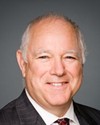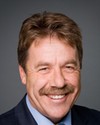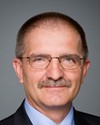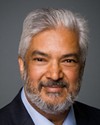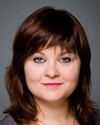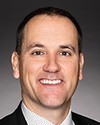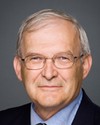The major program of the Legion in fulfilling our mission to promote remembrance is of course the annual poppy campaign. Since the early 20th century, beginning in 1922, Legion members from branches throughout the country have distributed the lapel poppy.
By wearing a poppy, the international symbol of remembrance, Canadians will ensure that the memory and sacrifices of our veterans are never forgotten. It is so encouraging that every year approximately 18 million lapel poppies are distributed to Canadians during the two-week remembrance period.
This campaign culminates in the Remembrance Day ceremonies on November 11. The Royal Canadian Legion is deeply honoured and proud to organize and conduct remembrance ceremonies in hundreds of communities throughout the country, including the national Remembrance Day ceremony here in Ottawa.
The Legion's commemoration program also includes pilgrimages. In 1936 the Legion organized its first pilgrimage to Europe, when 6,200 veterans and family members travelled to Vimy for the unveiling of the Vimy Memorial. This program has since evolved into a biennial youth leaders pilgrimage of remembrance. Through their visits and experiences at numerous significant World War I and World War II sites in France, Belgium, and the Netherlands, these youth leaders gain a unique perspective and unprecedented level of understanding, and upon their return, they have an audience of young Canadians eager to hear of the places and events they experienced first-hand. Participants in the pilgrimage succeed in promoting remembrance in a way that few can.
In the mid-20th century, in 1950, the Legion instituted an important remembrance program aimed toward youth: poster, essay, and poetry contests. Students from kindergarten to grade 12 are asked to show what remembrance means to them through their artistic and literary compositions. This has been a tremendously successful program, with over 100,000 students participating on an annual basis.
As the 20th century came to a close, the Royal Canadian Legion introduced the two-minute wave of silence as a millennium project. This was an education and communications activity, with the primary aim of reminding Canadians of the importance of taking two minutes of time to pause and remember at 11 a.m. on November 11.
We were also honoured to initiate and coordinate the Tomb of the Unknown Soldier project in which the remains of an unknown soldier from Vimy were entombed at the base of the National War Memorial on May 28, 2000.
We were also pleased that our suggestion that 2005 be declared the Year of the Veteran was accepted and instituted.

